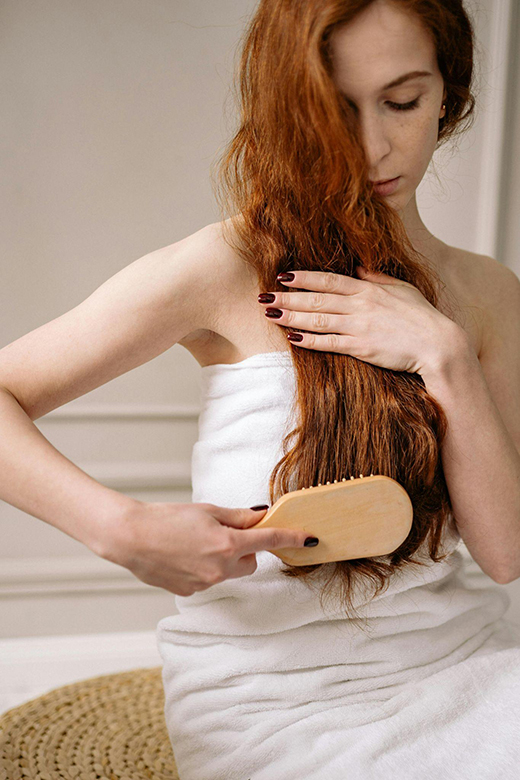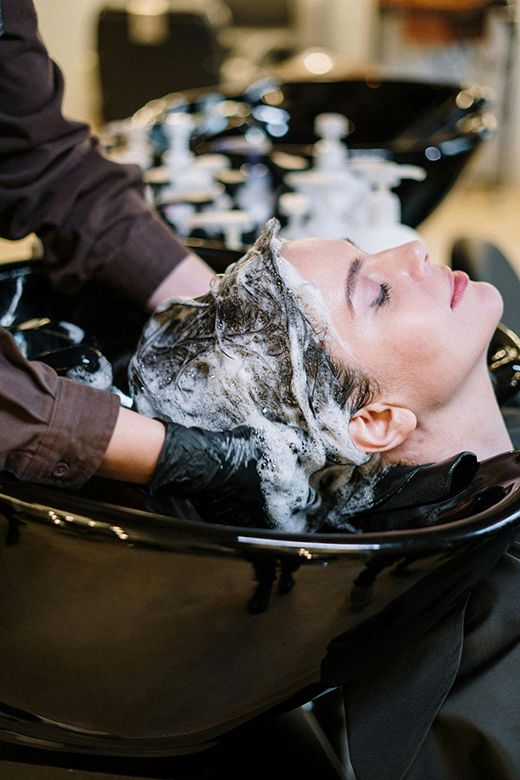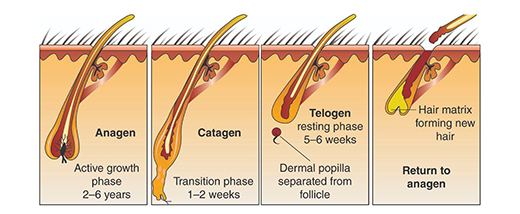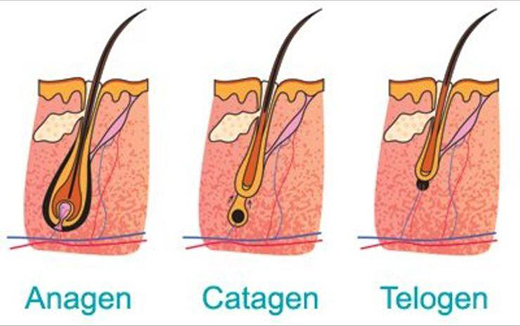Shawn Peppin
15-Sep-2025
From winter dryness to summer sun damage, every season brings new challenges for your hair. Here’s how to keep your strands healthy, shiny, and resilient all year round.
Inputs by: Shawn Peppin, Creative Director and Trainer, JCB & Bounce Salons
Our hair is more than just a style statement; it’s a reflection of our internal health and a direct responder to our external environment. Just as you change your wardrobe to match the weather, your hair care routine also needs a seasonal refresh. From winter dryness to summer sun damage, each season brings unique challenges that can impact the look, feel, and health of your strands.
Understanding the science behind seasonal hair shifts allows you to adapt your routine proactively, not reactively, ensuring that your hair remains healthy, resilient, and radiant all year round.
This is Why your Hair Changes with the Seasons
Hair is made of keratin, a protein sensitive to environmental conditions. Though the visible part of the hair, also known as the shaft, is technically “dead”, the hair follicle/root embedded in the scalp is very much alive and responsive to factors such as:
Hair growth itself is also governed by a biological cycle: anagen (growth), catagen (transition), and telogen (rest/shedding).
Seasonal changes, especially in sunlight exposure and hormone levels, can influence which phase dominates, contributing to periods of increased shedding or slowed growth.

How to Take Care of your Hair in Every Season
Winter: Combat Dryness and Static
Problem: Cold outdoor air and indoor heating strips moisture from your hair and scalp, leading to brittleness, frizz, and flakiness.
What your hair needs:
Deep hydration: Use shampoos and conditioners enriched with hyaluronic acid, shea butter, argan oil, or glycerin.
Scalp support: Weekly oil massages with jojoba or almond oil improve circulation and reduce flakiness.
Protective styling: Opt for silk scarves, hats with satin linings, and loose styles to prevent static and breakage.
Reduced washing: Limit washing to 2–3 times per week to preserve natural oils.
Spring: Detox and Balance
Problem: Increased humidity and pollen levels can lead to oiliness, frizz, and allergic scalp reactions.
What your hair needs:
Clarifying shampoos: Remove winter buildup and excess oils without stripping essential moisture.
Lighter conditioners: Switch to weightless formulas to prevent weighed-down roots.
Allergy defence: Rinse hair frequently to remove pollen, especially if you suffer from seasonal allergies.
Summer: Shield from Sun and Sweat
Problem: UV rays, chlorine, saltwater, and sweat can dry out and damage the hair cuticle, leading to breakage, colour fading, and scalp issues.
What your hair needs:
UV protection: Use leave-in products with SPF or UV filters (most colour-safe ranges have UV filters).
Hydration boosters: Leave-in conditioners with aloe vera or coconut oil replenish moisture.
Clarifying rinse: Wash out chlorine and salt promptly with clarifying shampoos.
Head covering: Hats and scarves offer simple, effective protection against sun exposure.

Monsoon (or Humid Seasons): Frizz and Scalp Control
Problem: Constant moisture in the air leads to limp, frizzy hair and can trigger fungal infections or scalp irritation.
What your hair needs:
Anti-frizz formulas: Shampoos and serums infused with keratin or glycerin help smooth the cuticle.
Antifungal cleansers: Ingredients like tea tree oil or zinc pyrithione prevent dandruff and fungal buildup.
Quick drying: Use microfiber towels and avoid prolonged dampness to reduce fungal risks.
Targeted conditioning: Apply conditioner only to mid-lengths and ends to avoid greasy roots.
Autumn: Strengthen and Restore
Problem: Many people experience increased shedding as more hair enters the telogen (resting) phase—a normal, seasonal adjustment.
What your hair needs:
Protein treatments: Masks containing keratin or collagen help rebuild weakened strands.
Scalp exfoliation: Gentle scrubs remove buildup and stimulate new growth.
Nutrient-rich diet: Include biotin, iron, omega-3s, and vitamin D to support regeneration.
Low-heat styling: Avoid excessive heat, as hair may already be fragile from summer exposure.
Understanding The Cycle of Hair Growth

Hair grows in a cycle composed of:

Changes in Hair Growth due to Seasonal Patterns:
Autumn: Noticeable shedding due to increased telogen activity.
Spring/Summer: More follicles enter the anagen phase, stimulated by better circulation and sunlight (vitamin D).
Winter: Growth may slow as follicles remain in resting mode longer.
Understanding this cycle helps normalise seasonal shedding and allows you to support your hair’s natural rhythm through tailored care.
Follow these Universal Hair Care Tips for All Seasons
Some rules apply no matter the weather:
Advanced & Professional Solutions
When seasonal routines fall short, professional treatments can step in to revive and protect your hair. From hydration-boost therapies that infuse moisture and restore elasticity and shine to scalp spa rituals with exfoliation, steam, and massage that detoxify and stimulate healthy growth, salons offer targeted care. Advanced options like bond repair and keratin treatments help smooth and strengthen strands weakened by heat or UV exposure, while innovative LED or laser therapies use light to activate follicles and even reduce shedding — giving your hair the holistic boost it needs.
The Emotional Side of Hair Changes
Hair is deeply tied to self-image and confidence. When it misbehaves, whether due to frizz, thinning, or dullness, it can affect how we feel about ourselves. A thoughtful, science-backed hair care routine is more than cosmetic; it’s a form of self-care that promotes both physical and emotional well-being.
Cover Credits: Instagram @lola.tung